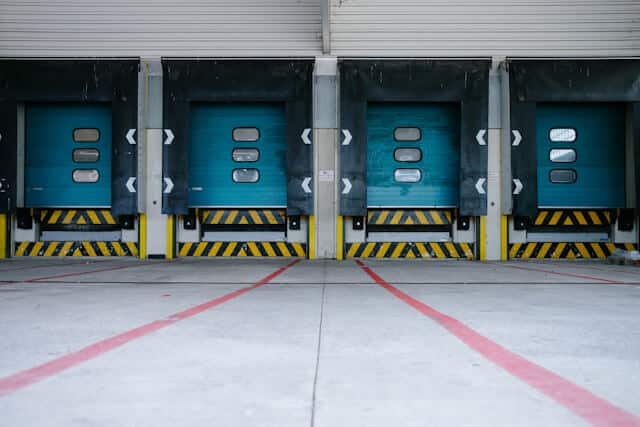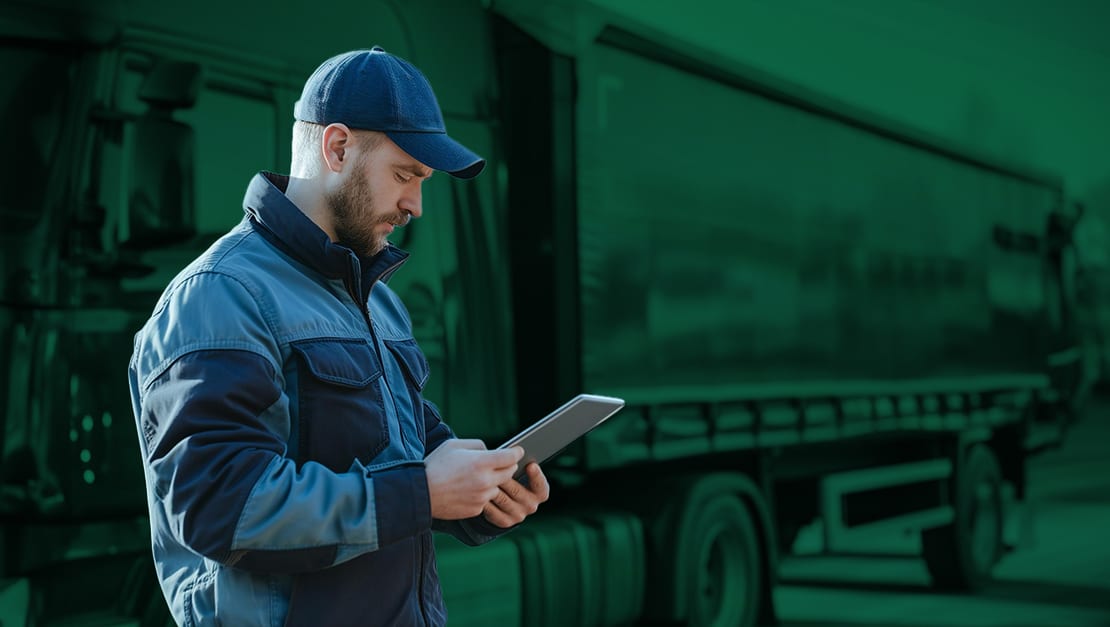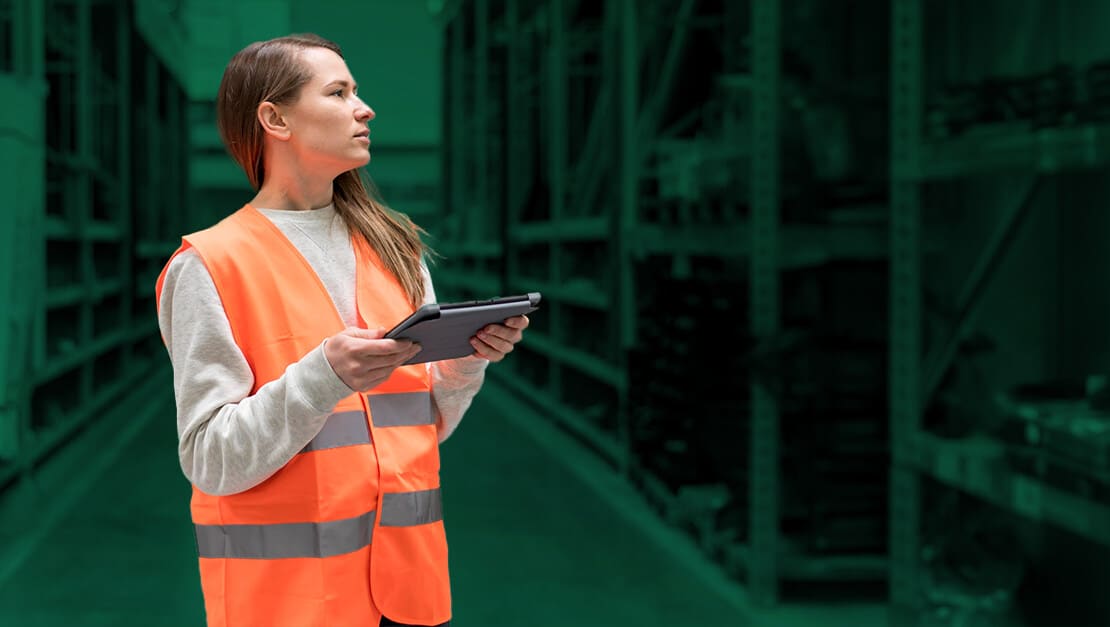Between 2023 and 2030, logistics is expected to be the fastest growing industry. With freight on the go and the rise, thanks to customer demand, growing ecommerce, advancements in technology, and increasing trade agreements, digital transformation in transportation is a foolproof way to succeed in the future.
We’re going to review what digital in transportation means, how automation can help, and the important role of speech AI for the logistics sector.
Let’s get moving!
The State of Transportation Before Digital Transformation
Before digital advancements and implementation, the logistics industry had been stuck with paper-based and manual processes. Conventional systems suffer from disconnection, leading to delays and errors in being able to properly manage output and processes.
Supply chains have to move through many hands and systems, and without a connected and centralized location for data, employees are spending time searching for the information they need to get to the next step. Additionally, it’s seemingly impossible to properly standardize processes because everyone is working in their own siloes, using legacy systems, and trying to protect data as best as they can.

Key Areas of Digital Transformation in Transportation
Across all industries, automation and artificial intelligence (AI) are reshaping how business gets done. Transportation is no different.
Automation in transportation and logistics refers to technology that automates processes and tasks, removing or reducing the need for human intervention. For transportation, this can go as far as self-driving vehicles to process automation tools for data entry, packing systems, and invoicing, for example.
Artificial intelligence (AI) is technology that learns on its own based on data, rather than having to be continuously instructed what to do based on rules. AI responds to new information and can execute tasks.
For transportation and logistics, AI and automation provide many benefits, including:
- Boosted efficiency: Data entry, document retrieval, and document processing takes up a lot of time when done manually. Automation software removes the need for humans to complete these repetitive and tedious tasks, thereby enhancing productivity.
- Greater visibility: AI and automation systems improve internal control and visibility. With connected systems and devices, especially for tracking, relevant stakeholders, managers, and even customers, can see where a process is – take tracking a delivery as a good example.
- Improved decision-making: Automation software collects data and can organize it for analysis, enabling access to insights for improved decision-making capabilities.
Lower costs: Transportation costs add up quickly. From vehicle maintenance to fuel costs, and everything in between, even small savings can add up. Automation and AI tools can help to optimize routes and fuel efficiency, as an example, to reduce costs. Furthermore, with automation, there is less likelihood of errors, which can be costly on their own.

The Role of Speech AI Technology in Transportation
Under the umbrella of artificial intelligence exists speech AI. Speech AI software is communication between computer systems and humans via voice. Speech recognition processes spoken words into processed text.
When it comes to transportation, and every other industry, speech AI like aiOla is removing the need for manual processes and streamlining workflows. aiOla is the first-of-its-kind technology to understand business-specific jargon in any language, accent, and acoustic environment, making it a perfect sidekick for any business.
In particular, industries like transportation and logistics have a lot to gain from using speech AI because it enhances safety, efficiency, and collaboration immediately.
Let’s take the example of fleets of trucks. Before heading out on the road, fleets must undergo inspections to make sure the vehicle is in good working order and operating properly. These inspections can end up taking a lot of time, which can result in delayed deliveries and even slow maintenance as maintenance requests have to be manually sent to the right team.
With aiOla, fleet inspectors can talk their way through checklists as the software automatically captures only the communication that is relevant for the inspection. aiOla has proven to speed up pre-operational checklists by 85%, while also automatically moving alerts along to the maintenance team when necessary.
Enhancing Employee Efficiency with Speech AI
With speech AI in action, employee efficiency can reach new heights. This is because speech AI can:
Streamline Communication
- Automate routine communication tasks
- Reduce the time spent on manual data entry
Complete Tasks
- Use voice commands for operational tasks
- Improve safety for drivers, managers, inspectors, and everyone involved
Along with process completion, speech AI can be utilized for automated training programs through the use of voice-based training models that can also be personalized for individual employee needs. Furthermore, automation and AI work in real-time to provide support to anyone who needs it. To exemplify, customers and drivers alike can access voice-activated support, rather than having to rely on a person to be on the other end.
Challenges and Considerations
When deploying any AI, including speech AI, there are several considerations to keep in mind.
Implementation Hurdles
Oftentimes, implementing any new technology is met with some resistance on behalf of employees. They may fear that the software is there to replace them. The best way to overcome this hurdle is to provide clear and open communication to share how AI is here to help, rather than replace. Change management should be properly planned and carried out to reduce fears and pushback.
Data Privacy and Security
Data privacy and security sits at the top of the list of importance. Users want to be sure that their voice data is being safely stored and only used as intended. Businesses must comply with data security regulations.
Future Trends in Digital Transformation and Speech AI
There’s already a lot of advantages to be had by using speech AI in transportation (and any industry). That being said, the future of AI in transportation is expanding with each passing day.
Although it seems like the technology itself is the main focus, it’s actually people. There will be more training to upskill workers and train them how to use technology to the best of its ability.
Additionally, rather than just using software-as-a-service (SaaS), there’s implications of Xaas, or everything-as-a-service. This means that more software and applications will be added as third-party solutions, rather than on-premise options. Cloud-based services will be the norm, granting accessibility, security, and collaborative abilities, no matter where workers may be.
Closing Words
The time to adopt digital transformation in transportation is now. As the industry is only expected to grow, new ways to achieve efficiency, scalability, and security are being sought after. AI, automation, and specifically speech AI, is a fail proof answer for the needs of the sector.
Interested in seeing how aiOla can help you get one step closer to digital transformation in transportation? Let’s talk!








